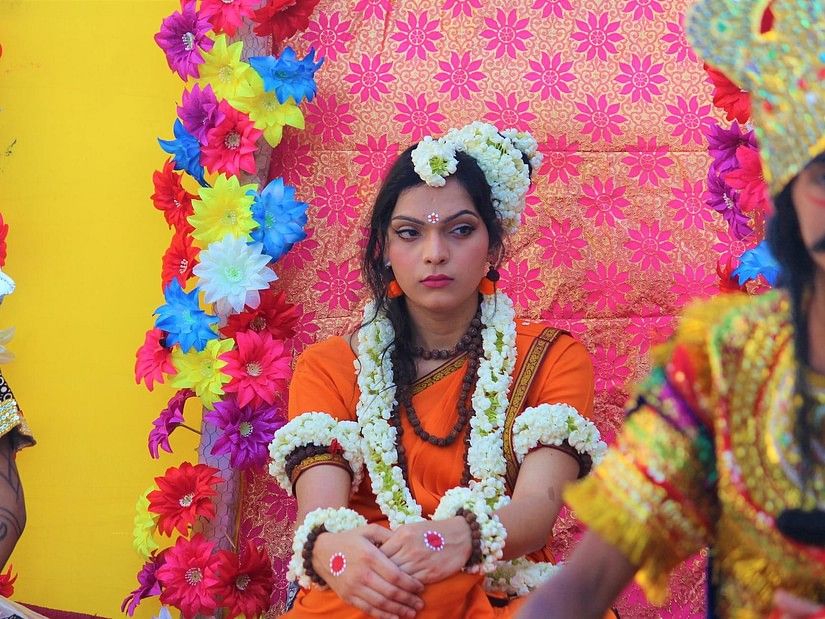- Karnataka Tour Itinerary
- Weekend Trips from Bangalore
- Sightseeing Places in Kabini
- Mysore to Kabini
- Coorg Kabini Itinerary
- Waterfalls Near Kabini
- Kabini Boat Safari
- Resort Near Kabini River
- Tourist Places in Kabini
- Stay in Kabini Forest
- Experiencing Jungle Resorts near Mysore
- 5 Things to Do in Kabini
- Bangalore to Kabini Road Trip
- Kabini Itinerary for 3 Days
- Tiger Reserves in South India
- Kabini Travel Guide
- Best Time to Visit Kabini
- The Backwaters of Kabini
- Fauna to be Spotted in Kabini
- Romantic Getaways Near Bangalore for Valentine’s Day
- Experiencing Jungle Resorts Near Mysore
- Kabini Vs Bandipur: Which is better?
- The Jenu Kuruba Tribe of Kabini
- Exploring Kabini in Monsoon
- Karapura and the Ramayana
- Nature Walks Along River Kabini
- Jungle and River Safaris in Kabini
- The Serai Kabini
- Ecotourism in the Nilgiri Reserve
- Step into the Wonders of Nagarhole Tiger Reserve
- Boating at River Kabini
- Kabini Dam



Nestled on the banks of River Kabini, Karapura is a lush, unassuming little hamlet that is known for its interesting connection to the epic of Ramayana. As recounted in the mythological lores by the local residents, Luv and Kush were the twin sons of the Hindu deity Rama. They used to live in this village along with their mother Sita during their childhood.
The story is set in the period when Rama banished Sita from his kingdom after their return to Ayodhya. During her exile, Sita took refuge in the ashram of Valmiki and gave birth to the twins. One day, it is said that the little twins were famished and pestered their mother for food. Sita, in a desperate attempt to fetch food for her children, walked towards a flickering light that loomed at a distance.
The story is set in the period when Rama banished Sita from his kingdom after their return to Ayodhya. During her exile, Sita took refuge in the ashram of Valmiki and gave birth to the twins. One day, it is said that the little twins were famished and pestered their mother for food. Sita, in a desperate attempt to fetch food for her children, walked towards a flickering light that loomed at a distance.
The light led to a temple where a priest, taking pity on the lone and weary Sita, offered her a kind gesture. He asked her to rest in the temple while he volunteered to get the food to her children. Upon reaching, the priest found the two little children patiently waiting for their mother beneath a large tree. He fed Luv and Kush and brought them to the temple where their mother was resting.


It is said that the tree beneath which the two children were found still stands in Karapura village. Every year, children from the village dress up as Luv and Kush, and religious ceremonies are performed at this shrine to mark the connection to the Ramayana. At midnight, the villagers embark on a procession from the temple to the tree, symbolically marking the children’s reunion with their mother.
Interestingly, neither is this story mentioned in the Ramayana, nor is there any connotation of Sita travelling to the south during her exile. It is just by virtue of annual rituals that the legend of Karapura has been passed on from one generation to another. The story could be an example of how legends are adopted into different cultures, and how they reinforce the minds of the listeners. On your next visit to Kabini, stop by this charming village, the tree shrine and the temple that was reconstructed for the ease of the local community. Stay at The Serai Kabini which is located around 8 km from the village.
